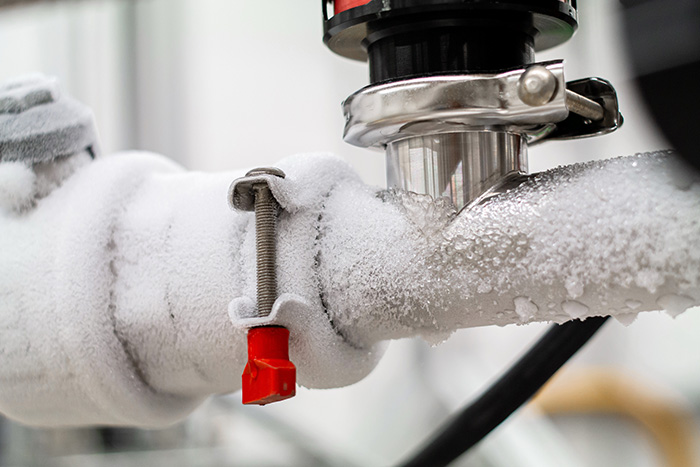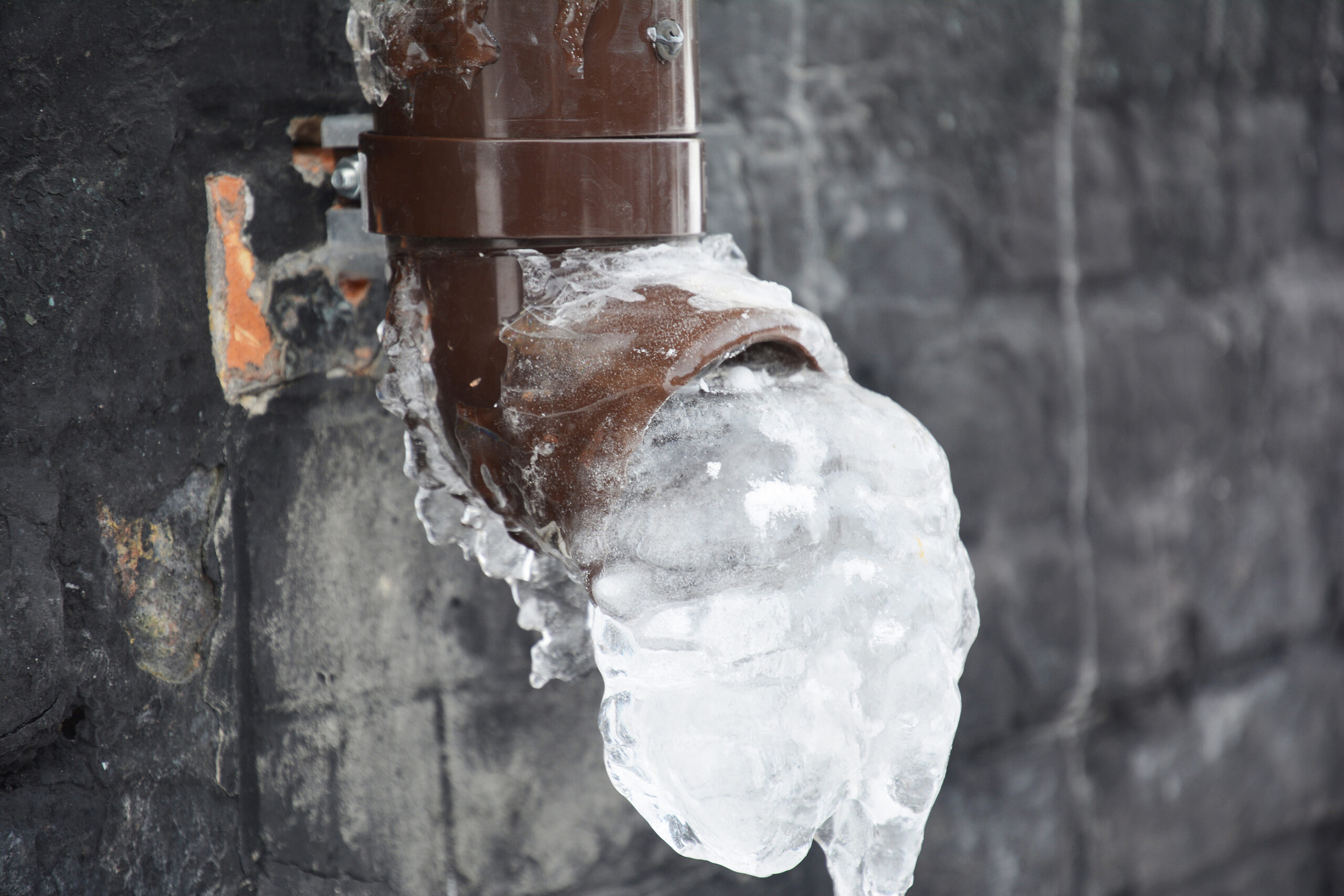Tips to Keep Your Pipes from Freezing Issues: Crucial Advice
Tips to Keep Your Pipes from Freezing Issues: Crucial Advice
Blog Article
The article on the next paragraphs on the subject of Helpful Tips to Prevent Frozen Pipes this Winter is relatively stimulating. You should see for yourself.

Cold weather can wreak havoc on your pipes, specifically by freezing pipelines. Right here's exactly how to stop it from taking place and what to do if it does.
Intro
As temperatures drop, the risk of icy pipelines increases, potentially causing pricey repair work and water damages. Recognizing how to prevent frozen pipelines is crucial for property owners in chilly environments.
Comprehending Icy Pipelines
What causes pipelines to ice up?
Pipes ice up when exposed to temperature levels below 32 ° F (0 ° C) for expanded periods. As water inside the pipelines ices up, it expands, taxing the pipeline walls and possibly creating them to burst.
Dangers and problems
Frozen pipes can cause water disruptions, residential property damages, and expensive repair work. Burst pipelines can flooding homes and trigger extensive structural damage.
Signs of Frozen Pipeline
Determining icy pipelines early can stop them from rupturing.
Just how to determine frozen pipes
Look for lowered water circulation from faucets, uncommon smells or sounds from pipes, and visible frost on subjected pipelines.
Avoidance Tips
Protecting susceptible pipes
Cover pipelines in insulation sleeves or use heat tape to shield them from freezing temperature levels. Focus on pipelines in unheated or outside locations of the home.
Heating strategies
Keep indoor areas sufficiently warmed, particularly locations with plumbing. Open up cabinet doors to enable cozy air to circulate around pipes under sinks.
Shielding Outdoor Plumbing
Garden tubes and exterior faucets
Disconnect and drain yard pipes before winter. Mount frost-proof faucets or cover outdoor taps with protected caps.
What to Do If Your Pipes Freeze
Immediate activities to take
If you suspect frozen pipelines, maintain taps open to relieve pressure as the ice melts. Utilize a hairdryer or towels taken in warm water to thaw pipelines gradually.
Long-Term Solutions
Architectural adjustments
Consider rerouting pipes away from exterior walls or unheated areas. Add extra insulation to attic rooms, cellars, and crawl spaces.
Updating insulation
Buy top quality insulation for pipelines, attic rooms, and walls. Proper insulation helps keep regular temperature levels and minimizes the risk of frozen pipelines.
Final thought
Stopping frozen pipelines needs positive measures and fast actions. By understanding the causes, indicators, and preventive measures, home owners can protect their plumbing throughout cold weather.
6 Proven Ways to Prevent Frozen Pipes and Protect Your Home
Disconnect and Drain Garden Hoses
Before winter arrives, start by disconnecting your garden hoses and draining any remaining water. Close the shut-off valves that supply outdoor hose bibs and leave the outdoor faucet open to allow any residual water to drain. For extra protection, consider using faucet covers throughout the colder months. It’s also important to drain water from any sprinkler supply lines following the manufacturer’s directions.
Insulate Exposed Pipes
Insulating your pipes is an effective way to prevent freezing. Pipe insulation is readily available at home improvement stores and is relatively inexpensive. Pay close attention to pipes in unheated areas such as the attic, basement, crawl spaces, or garage. Apply foam insulation generously to create a buffer against the cold. You can also wrap your pipes in heat tape or thermostat-controlled heat cables for added warmth.
Seal Air Leaks
Inspect your home for any cracks or openings that could let in cold air. Seal any holes around the piping in interior or exterior walls, as well as the sill plates where your home rests on its foundation. Additionally, make sure to keep your garage door closed unless you’re entering or exiting. Leaving it open creates a significant air leak that can lead to frozen pipes.
Allow Warm Air Circulation
During cold snaps, it’s essential to allow warm air to circulate evenly throughout your home. Leave interior doors ajar to promote better airflow. Open kitchen and bathroom cabinets to help distribute heat consistently around the rooms. If you have small children or pets, be sure to remove any household chemicals or potentially harmful cleaners from open cabinets for safety.
Let Faucets Drip
A small trickle of water can make a big difference in preventing ice formation inside your pipes. When temperatures drop significantly, start a drip of water from all faucets served by exposed pipes. This continuous flow helps prevent the water from freezing. Additionally, running a few faucets slightly can relieve pressure inside the pipes, reducing the chances of a rupture if the water inside does freeze.
https://choateshvac.com/6-proven-ways-to-prevent-frozen-pipes-and-protect-your-home/

As an avid person who reads on 6 Ways to Prevent Frozen Pipes, I imagined sharing that piece of content was sensible. I beg you take the opportunity to share this blog if you enjoyed reading it. I recognize the value of your readership.
Phone Report this page